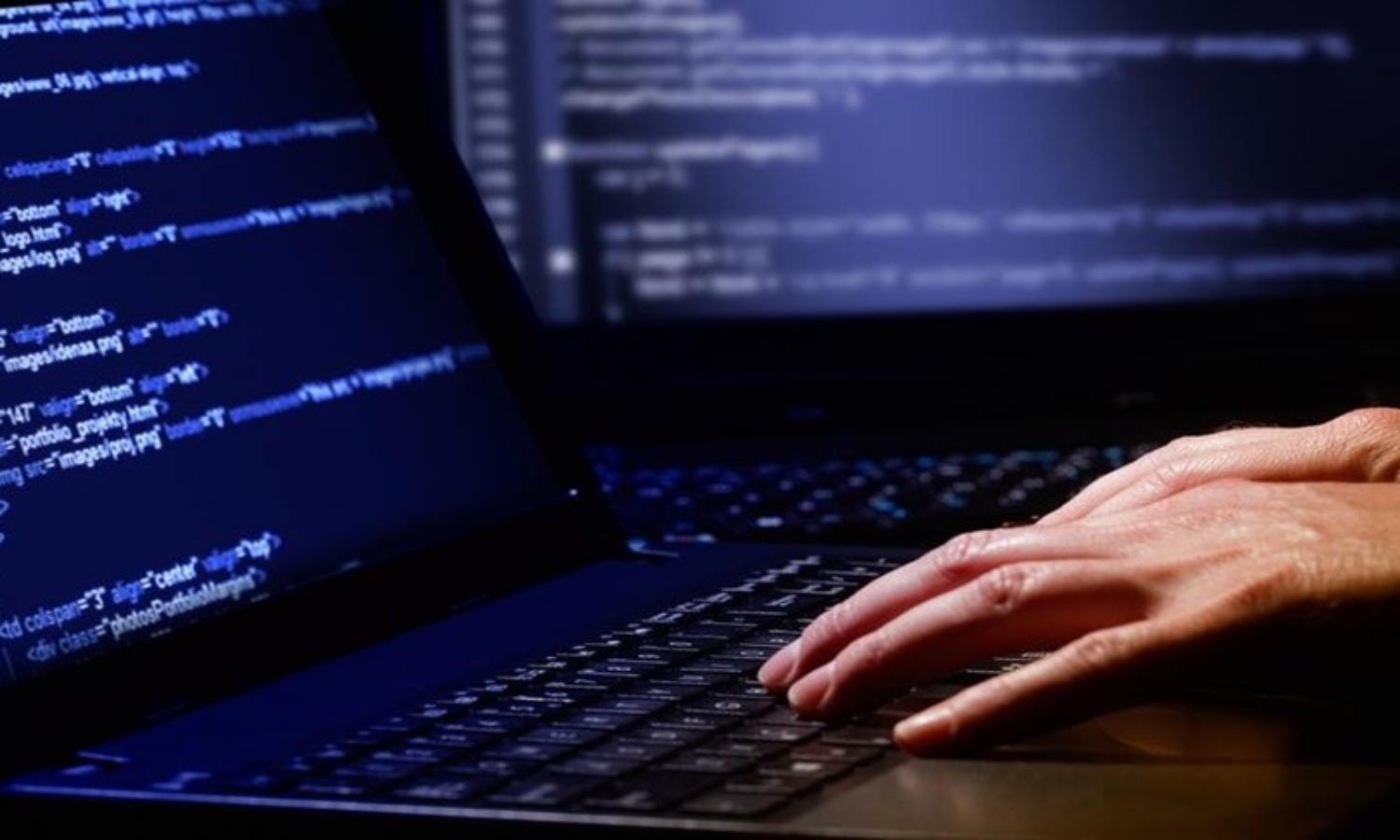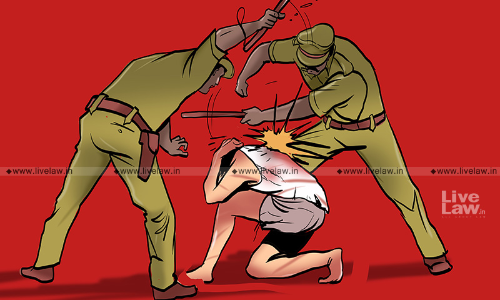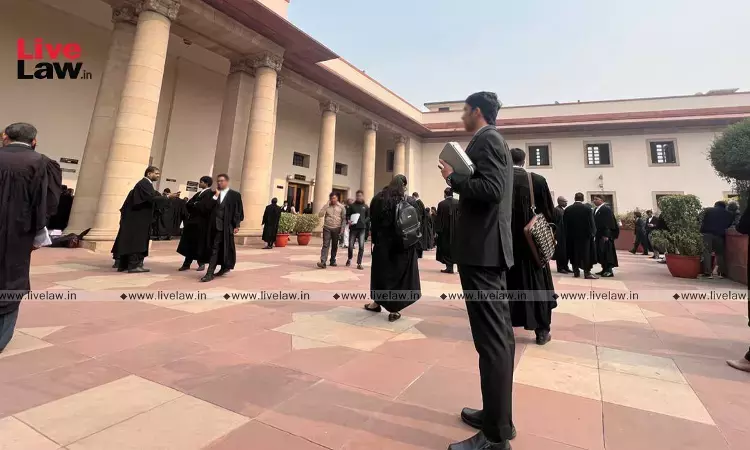
Section 3(k) of the Patents Act, 1970 states that a mathematical or business method or a computer program per se or algorithms are not patentable subject-matters in India. On a basic perusal of the provision, one can observe that the provision is broadly worded, evoking ambiguities as to what actually constitutes the part of non-patentable subject-matters under its ambit. This vagueness...
Section 3(k) of the Patents Act, 1970 states that a mathematical or business method or a computer program per se or algorithms are not patentable subject-matters in India. On a basic perusal of the provision, one can observe that the provision is broadly worded, evoking ambiguities as to what actually constitutes the part of non-patentable subject-matters under its ambit. This vagueness has largely discouraged innovations in the field of development of computer programs. The decision regarding patentability has been rested in the discretion of the Patent Office and on the ability of the claimants of putting up a robust case for their respective products. There has hardly been any support from the word of the law, for law does not operate efficiently in a state of prevailing uncertainty.
The Indian Judiciary has played a commendable role in ruling out the said ambiguities and in according a specific meaning to the provision. Ericsson v. Intex[1] is one of the most significant cases wherein the Delhi High Court has unfolded the interpretation of the term "computer program" under Section 3(k) of the Act. In the aforesaid case, a suit for infringement of eight registered patents was filed by the plaintiff, seeking a permanent injunction coupled with damages from the defendant. In order to succeed, the plaintiff was required to establish that the source code used by the defendant in its product was the same as the source code used in plaintiff's product. The contention of the defendant was that the patent granted to the plaintiff was invalid on the grounds of being a computer program per se.
The Court held that a mere reference to the usage of a 'procedure', an 'algorithm' or a 'method' in an apparatus that also consists of network or hardware elements, so as to bring about a technical effect, does not put the claimed invention in the category of "computer program per se". Reliance was placed by the court on the interpretation made in the case of VICOM Systems Inc. (Case No. T 208/84), wherein it was stated that a patentable invention based on conventional patentability criteria shouldn't be regarded as non-patentable merely because computer programs have been used for the implementation of the said invention. Therefore, removing the anomaly and elucidating the real meaning of Section 3(k), the Court held that a computer program that makes a significant contribution to a technical art is a patentable invention and is not struck by the Section 3(k) of the Patents Act, 1970.
Although the judgment in the case of Ericsson v. Intex did not completely resolve the ambiguity surrounding Section 3(k), it definitely prompted better innovations in the field of technology. Soon after, Apple was granted a patent for its method that involved a graphical user interface used to browse through and to select media tracks on electronic devices, for Apple was successfully able to prove that their invention made an actual contribution. The Patent Office ruled on the ground that computer programs become patentable subject-matters when they are coupled with novel hardware.[2]Over time, numerous other patent applications concerning computer programs were granted approval on the basis of the aforesaid ground. The latest development concerning the patentability of computer programs has been made through the judgment of the Delhi High Court in the case of Ferid Allani v. Union of India & Ors.[3]
APCT National Phase Patent Application was filed by the petitioner, seeking patent for "a method and device for accessing information sources and services on the web". The Patent Office objected to the application on the grounds of lack of novelty and non-patentability under Section 2(1)(j) and Section 3(k) respectively of the Patents Act, 1970. The appeal filed by the petitioner before the Intellectual Property Appellate Board from the aforesaid decision of the Patent Office was dismissed marking the grounds of absence of technical effect or technical advancement. Aggrieved by the dismissal of the appeal, the petitioner filed a Writ Petition before the Delhi High Court. The Petitioner based its contention on the Draft Guidelines for Examination of Computer Related Inventions, 2013. The guidelines define "technical effect" and "technical advancement" to include inventions which allow more efficient database search strategies, more economical use of memory, higher speed, reduced hard-disk access time, more efficient data compression techniques, improved user interface, improved reception/transmission of a radio signal or better control of robotic arm etc. Considering these guidelines, it was argued that there is a clear technical advancement and technical effect in the present case. Further, the petitioner advanced the contention that the subject-matter is not merely a software. Rather, it also requires a particular method of implementation and includes hardware elements too.
The Judgment in the Ferid Allani case is on the similar lines with that in Ericsson v. Intex, and has come as a relief for innumerable software development aspirants. Highlighting that maximum inventions around us including cars, refrigerators, ovens, washing machines etc. are based on computer programs and thus, the argument that such products shall be non-patentable is un-progressive and redundant, the High Court furnished the following grounds, ruling in favour of the petitioner –
- 1. "Technical effect" and "Technical contribution"
The Court adopted a liberal approach and duly considered the global practices related to software patents, particularly referring to Article 52(3) of European Patent Convention which states that a subject-matter is non-patentable only if it is related to computer programs 'as such' and not when it has a 'technical character'. Moreover, the Court stated that foreign patent offices determine the patentability of a subject-matter taking into account the "technical effect" and "technical contribution" and a similar approach needs to be adopted in India.
- 2. Interpretation of the words 'per se'
The Court held that the bar on patenting is merely for 'computer programs per se' and does not cover every computer program based invention. The Report of the Joint Committee on the Patents (Second Amendment) Bill, 1999 stated that in some cases, computer programmes include certain things which are ancillary thereto or developed thereon and cannot always be rejected for patents. The words "per se" were included to avoid denying patents to genuine inventions and indicate a narrow interpretation.
- 3. Guidelines on Computer Related Inventions
Three sets of guidelines relating to CRIs have been issued by the Patent Office showing different tests for the determination of patentability[4] –
- (i) Draft Guidelines for Examination of Computer Related Inventions, 2013.
These guidelines interpret the words 'per se' to mean 'by itself', stating that they intends to indicate towards something 'independently on its own' instead of being 'in connection' with something else. This apart, the guidelines portrayed some ambiguities and overreaching relaxation for software patenting.
- (ii) Guidelines for Examination of Computer Related Inventions, 2016.
Instead of mending the issue of excessive relaxation, these guidelines widened this issue and propounded that software shall be examined on the touchstone of existence of a conjunction with a novel hardware for patentability.
- (iii) Revised Guidelines for Examination of Computer Related Inventions, 2017.
These guidelines focus on the substance of an invention rather than its claimed form. But the lacuna here is that these guidelines don't illustrate in detail about what actually falls under Section 3(k).
On the basis of the aforementioned reasons, the Court directed the Patent Office to re-examine the application in light of these guidelines. Thus, the judgment opens doors for patenting of new technologies based on Artificial Intelligence, Machine Learning and Block-chain and depicts a growing trend towards liberal patentability.
Even after the development of the legal position on software patentability, the situation still remains highly uncertain. The reluctance in upholding the patentability of software is logically woven. One of the reasons is that software patenting merely increases the number of patents instead of actual innovation and novelty. Also, it is an extremely difficult task to determine the software which do and do not fall under the ambit of 'computer program per se' in the absence of a clear definition of 'technical contribution'. Studies show that softwares have noticeably short innovation cycles, un-warranting the long period of 20 years that is granted to patents.[5] Furthermore, protection for software can also be claimed under the Copyright Law by considering them under the category of literary work. Thus, according to critics, there does not really exist a requirement of opening up the doors of patenting for computer programs. Nevertheless, it is pertinent to discuss the following points here –
- 1. An ordinance presented in 2004 which proposed the language of the provision to be 'computer programme per se other than its technical application to industry or a combination with hardware' was rejected by the Parliament,[6] depicting the undoubted intention of the legislature against software patentability. This raises the question whether the judiciary was actually justified in going against the intention of the legislation?
Clearly, the Court has knowingly acted outside its domain of power.
- 2. The respondent's contention that the Court cannot re-appreciate the technical arguments raised before the tribunal has not been addressed by the Court. Rather, a straightaway direction of re-examination of the application was given. Was the Court justified in taking this action?
- 3. Potential questions like whether the judgment warrants the re-examination of software related applications rejected before the issuance of CRI Guidelines were not addressed by the Court. No stance on the prospective or retrospective application of the aforesaid guidelines was laid leading to the enhancement of already prevailing ambiguity.
- 4. The constantly revised and amended guidelines portray the instability of legal position on the method and tests of determination of software patentability.
Therefore, the debate still continues, for the judicial precedents show inconsistent approach in dealing with Section 3(k). Even after fulfilling all the required tests including that of hardware involvement and technical contributions in multiple foreign jurisdictions, few applications have unreasonably been refused patents in India. On the other hand, the method for detecting malicious software, the software for hyper linking names, the method for enhancing ad features to increase competition in online advertising etc. have all been successfully granted patents.[7] In such a debatable scenario, the parliament needs to immediately pass a legislation addressing all the issues that emanate when it comes to patenting of software and computer programs.
SOFTWARE PATENTABILITY IN UNITED STATES
In United States, software or computer implemented processes are patentable as long as they are unique, in combination with a machine and depict an identifiable instrument.[8] In order to determine the patentability of a computer program, the Courts in US adopt the Alice/Mayo framework. According to the said framework, the patent examiner or the judicial authority etc. is required to ask and answer various questions about an invention including whether there is an inventive step, whether the subject-matter falls under the three judicial exceptions of patentability namely laws of nature, physical phenomena and abstract ideas and whether the invention adds 'significantly more' to the status quo than simply a judicial exception. Computer programs largely fall under the abstract idea category of the said exceptions when they refer to a generic process where the computers are used merely as a process executing tool.[9] Consequently, one needs to establish that his invention is over and above an abstract computer program and that it improves 'computer functionality' or solves a computing challenge in an unconventional way, thus transforming the abstract idea of software into a patent-eligible application.[10] The following case laws can be referred to understand the approach adopted by the judiciary in granting software patents.
In the case of TLI Communications LLC v. AV Automotive,[11] it was held that a mere claim for a patent for a method of recording, administration and archiving of digital images from a mobile phone over a cellular network does not satisfy the test of patentability of software. Perhaps, the claimants need to formulate an effective way of putting forth their invention that does not depict a generic image of their invention. Also, in the case of Diamond v. Diehr,[12] patent was granted to a method of operating a rubber molding press through a software using an unidentified mathematical equation, for the process brought about a change in the physical state of things. The patent was granted because it more than an abstract idea and is responsible for bringing actual change to the status quo. In the case of DDR Holdings, LLC v. Hotels.com, L.P.,[13] the Court granted patent to a method for creating and displaying a hybrid webpage, having aesthetic elements from one website and the content from a third party website. The Court held that the software resulted in improvising customer retention in an unconventional manner and hence, qualified the requirements of software patentability test. This evinces that US has largely relaxed its laws for software patentability and is no more sticking to the traditional brick and mortar approach.
SOFTWARE PATENTABILITY IN UNITED KINGDOM
Although the UK Patents Act, 1977 does not extend any patent protection to computer programs, the same is true only for computer programs as such. The Patent Office assesses software patentability on the grounds of novelty and the existence of technical contribution. The decision of granting patents is taken majorly on the basis of the following five grounds, as have emanated from the decision of High Court in the matter of AT&T Knowledge Ventures LP and CVON Innovations Ltd. v. Comptroller General of Patents[14] -
1. Whether the claimed technical effect has a technical effect on a process which is carried on outside the computer;
2. Whether the claimed technical effect operates at the level of the architecture of the computer; that is to say whether the effect is produced irrespective of the data being processed or the applications being run;
3. Whether the claimed technical effect results in the computer being made to operate in a new way;
4. Whether there is an increase in the speed or reliability of the computer;
5. Whether the perceived problem is overcome by the claimed invention as opposed to merely being circumvented.
A thorough perusal of the patentability trends over the years clearly show that more and more patents are being granted to software and computer programs in US and UK. There has been a noticeable reduction in the rigidity of law regarding patenting of abstract ideas, which has resulted in fostering of better innovation in the field of software development. A reference may be made to the prevailing laws in these foreign jurisdictions in order to make a robust software patentability law for Indian scenario, so as to eliminate potential ambiguities and other challenges that the said jurisdictions had to face and that they have overcome. This will help the parliament in making a highly informed decision and will avoid the possibilities of leaving loopholes in Indian law. After all, the most effective way to boost any economy is to encourage innovations in a regulated manner, creating a win-win situation for all.
[1] Telefonaktiebolaget LM Ericsson v. Intex Technologies (India) Limited, 2015 SCC OnLine Del 8229.
[2] Avadhi Jain, Role of Section 3(k) in Patent Application by Apple Inc., Khurana&Khurana (Feb. 14, 2018), https://www.khuranaandkhurana.com/2018/02/14/role-of-section-3k-in-patent-application-by-apple-inc/.
[3] Ferid Allani v. Union of India & Ors., 2019 SCC OnLine Del 11867.
[4] Prithviraj Senthil Nathan, Software Patents: The Debate Continues!, King Stubb & Kasiva (Feb. 27, 2020), https://ksandk.com/ipr/6691/.
[5] Kartik Chawla, Ericsson v. Intex, part II – The Perils and Pitfalls of Software Patenting, SpicyIP (Mar. 25, 2015), https://spicyip.com/2015/03/15017.html.
[6] Id.
[7] Id.
[8] Software Patents, IPWatchdog (Feb. 17, 2018), https://www.ipwatchdog.com/software-patents/.
[9] Gene Quinn, A Guide to Software Patent Eligibility at the Federal Circuit, IPWatchdog (Dec. 17, 2017), https://www.ipwatchdog.com/2017/12/17/software-patent-eligibility-federal-circuit-2017/id=91169/.
[10] Is Software Patentable in the United States, ShahipLaw, https://www.shahiplaw.com/software-patents/.
[11] 832 F.3d 607 (Fed. Cir. 2016).
[12] 450 US 175 (1981).
[13] 773 F.3d 1245 (Fed. Cir. 2014).
[14] [2009] EWHC 343 (Pat).




